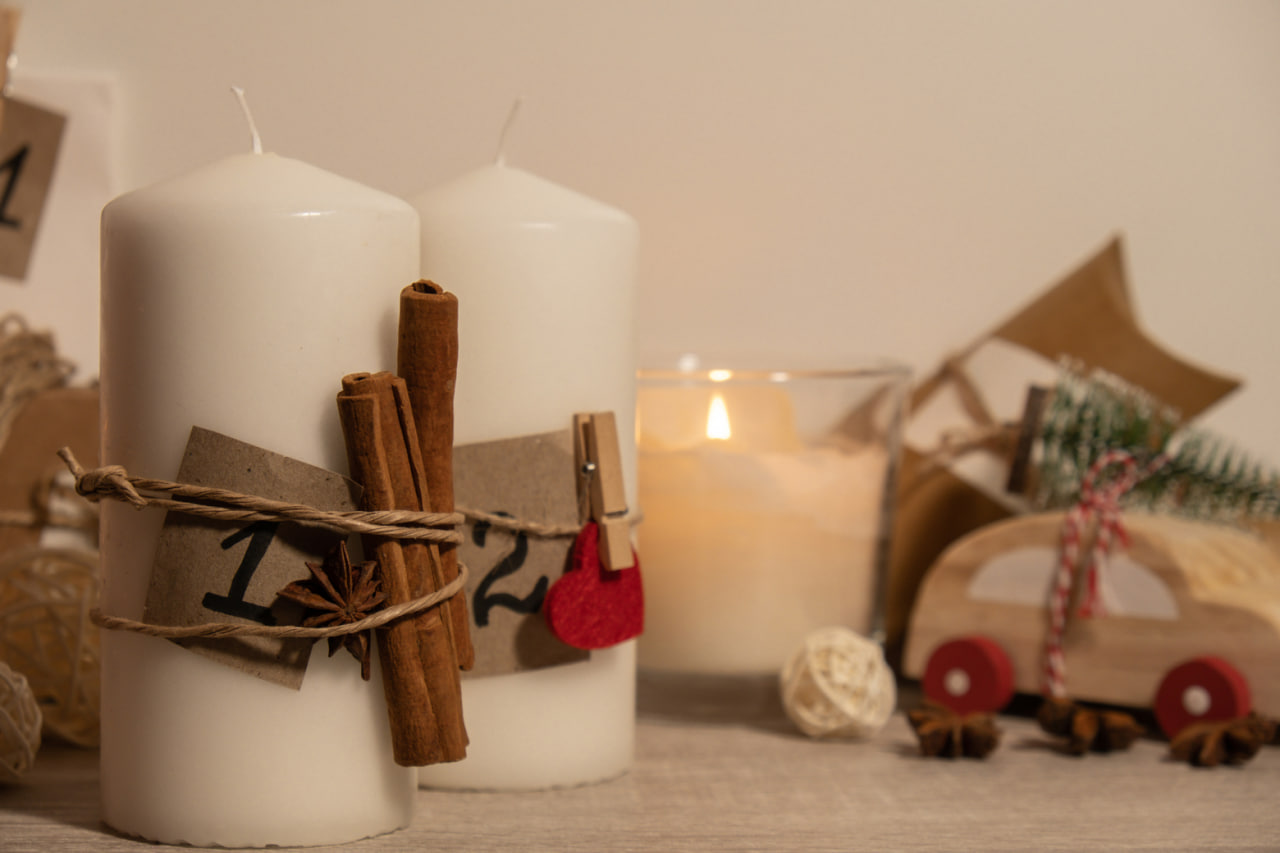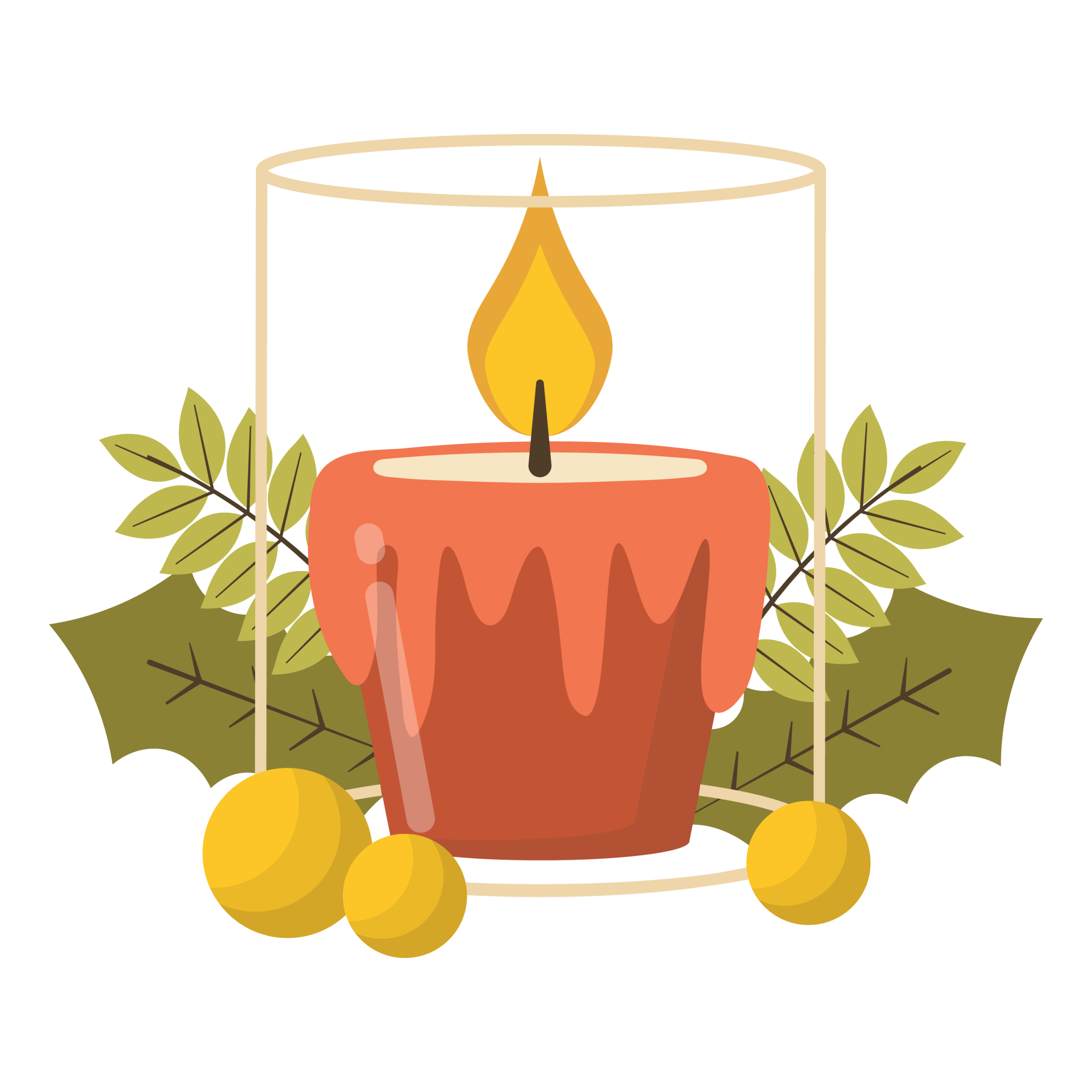
Understanding Candle Making as an Art Form
Candle making is both a creative and technical craft that allows individuals to express themselves while producing a functional and beautiful product. The art of candle making begins with an understanding of aesthetic choices. The shape, color, scent, and decoration of a candle can all be customized to reflect personal taste, seasonal trends, or thematic inspiration. Artists who craft candles often experiment with layering colors, embedding decorative elements, or sculpting unique shapes, transforming simple wax into objects of visual and sensory beauty.
Beyond aesthetics, the artistic side of candle making involves storytelling. Each candle can tell a story, evoke a mood, or create an atmosphere. A lavender-scented candle might bring a sense of calm and relaxation, while a brightly colored citrus candle can energize a room. Through careful design, candle makers can create experiences that engage multiple senses and leave a lasting impression.
The Science Behind Wax and Wicks
While candle making is an art, it is also rooted in science. Different types of wax—such as soy, beeswax, paraffin, and coconut blends—have unique properties that affect melting point, burn time, and scent retention. Understanding these properties is essential for creating candles that burn evenly and safely. For example, soy wax has a lower melting point and is excellent for container candles, while beeswax burns slowly and produces a natural golden hue. Choosing the right wax for the intended candle type requires knowledge of these chemical and physical characteristics.
Wicks are equally critical in the science of candle making. The size, material, and placement of a wick determine how the candle burns, the size of the flame, and the distribution of scent. Too small a wick can cause tunneling, where the wax burns unevenly, while too large a wick can produce excessive smoke or soot. Scientific testing and careful measurement ensure that each candle performs as intended.
Fragrances and Scent Chemistry
One of the most engaging aspects of candle making is working with fragrances. Candle makers must understand the chemistry of scent and how different fragrances interact with wax. The “fragrance load,” or the amount of essential oils or synthetic scents added to wax, must be balanced to achieve a strong aroma without compromising the candle’s structure. Some scents blend better in certain types of wax, and temperature control is essential to prevent fragrance degradation.
Temperature also affects how well the fragrance disperses when the candle is burning. If poured too hot, the scent can evaporate before the candle solidifies, reducing the aroma. If poured too cold, the fragrance may not bind properly with the wax. Mastering these variables requires both experimentation and knowledge, combining intuition with scientific principles to produce consistent, pleasing results.
Techniques for Creating Professional Results
Achieving a professional-quality candle requires attention to detail and proper technique. Techniques such as double pouring, layering colors, and embedding decorative objects demand patience and precision. Pouring temperatures must be monitored carefully to prevent imperfections like cracks, frosting, or sinkholes. Mold selection and preparation also play a crucial role in shaping the final product and ensuring it releases cleanly from the mold.
Even the finishing touches, such as trimming the wick and applying labels, are part of the science and art of candle making. Proper wick length ensures a clean burn, while neat labeling and packaging elevate the perceived quality of the product. Every step combines creative vision with technical skill, resulting in a candle that is both functional and visually appealing.
Safety and Best Practices
Candle making requires strict attention to safety. Hot wax can cause burns, and improper handling of fragrances or dyes can lead to skin irritation or respiratory discomfort. Using appropriate containers, maintaining proper ventilation, and following temperature guidelines are essential for preventing accidents. Science informs these safety practices, while art ensures that safety measures do not compromise the candle’s design or aesthetic.
Additionally, knowledge of burn safety is important for the end user. Proper wick size, placement, and candle care instructions contribute to a safe and enjoyable experience. Educating students or customers about safe use is an essential component of responsible candle making.
Combining Creativity and Knowledge
The beauty of candle making lies in the combination of artistic expression and scientific understanding. Creativity allows makers to experiment, innovate, and craft unique designs, while science ensures that those designs function effectively and safely. Mastering both aspects transforms candle making from a simple hobby into a skillful craft capable of producing marketable, high-quality products.
Through practice and learning, candle makers develop an intuitive sense for balancing aesthetic choices with technical requirements. Each successful candle demonstrates a harmony between artistry and science, showing that these two seemingly different disciplines can coexist and complement each other in the process of creation.
The Endless Possibilities in Candle Making
Candle making is a field with limitless possibilities for growth and experimentation. From experimenting with natural additives, textures, and scents to exploring new shapes and layering techniques, each project offers an opportunity to combine technical skill with personal expression. The intersection of creativity and scientific knowledge provides an endless landscape for makers to explore, innovate, and refine their craft, creating candles that delight both the senses and the soul.
